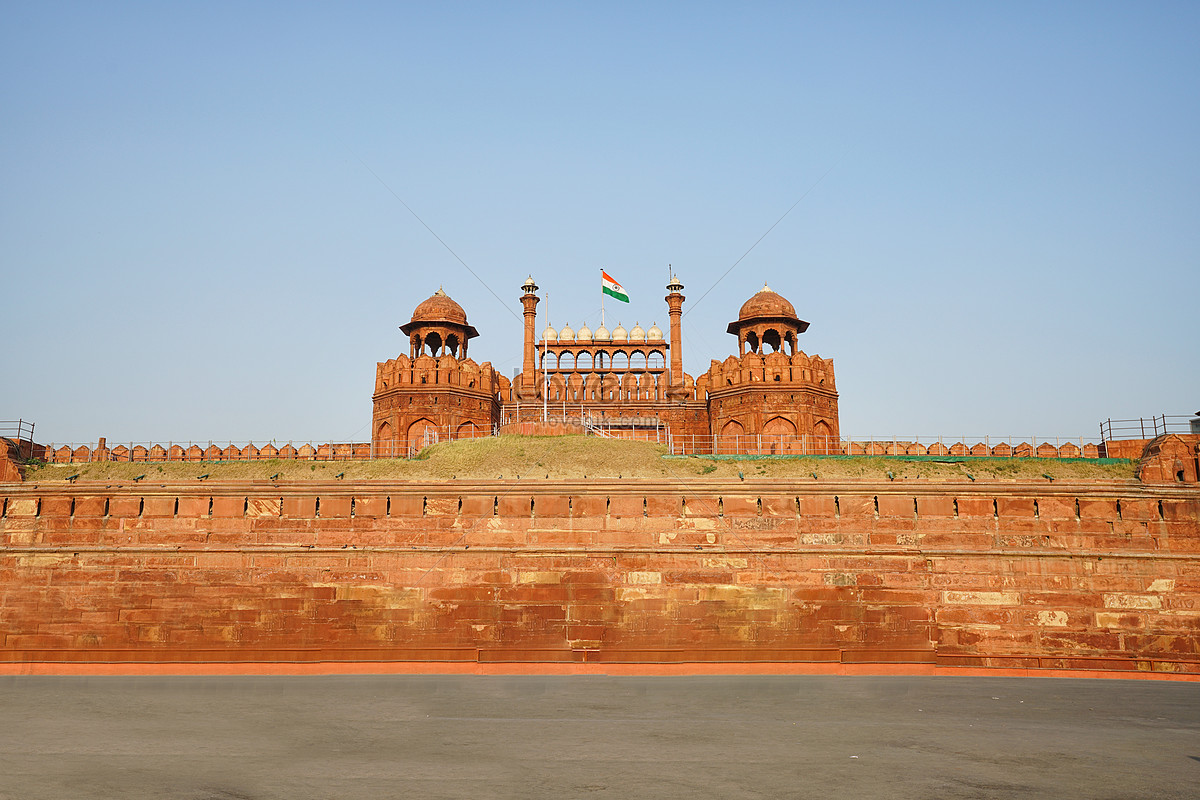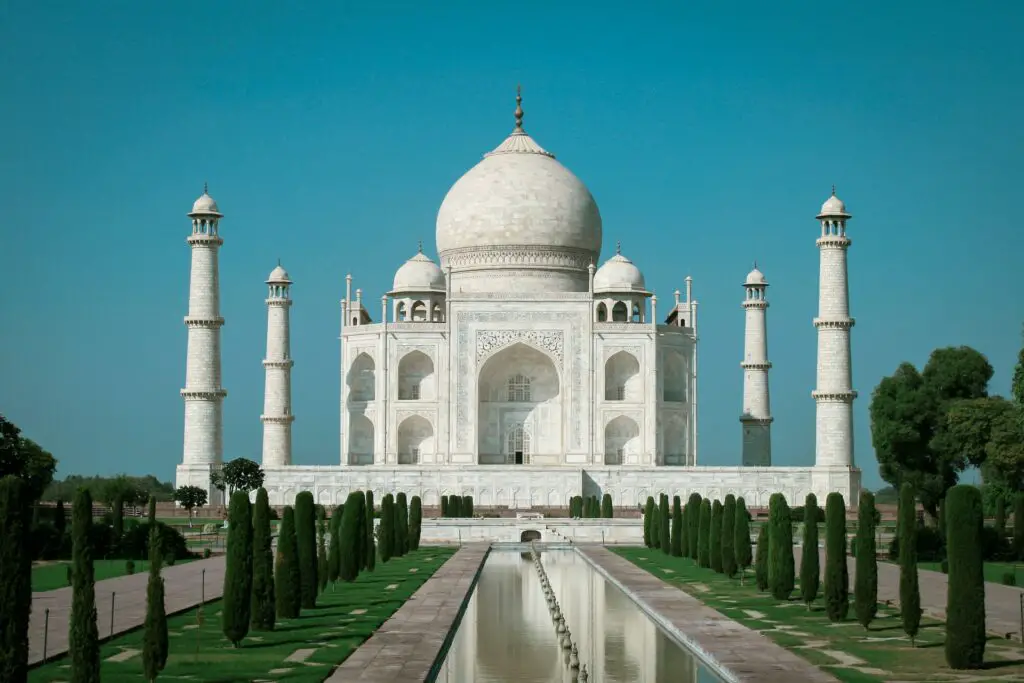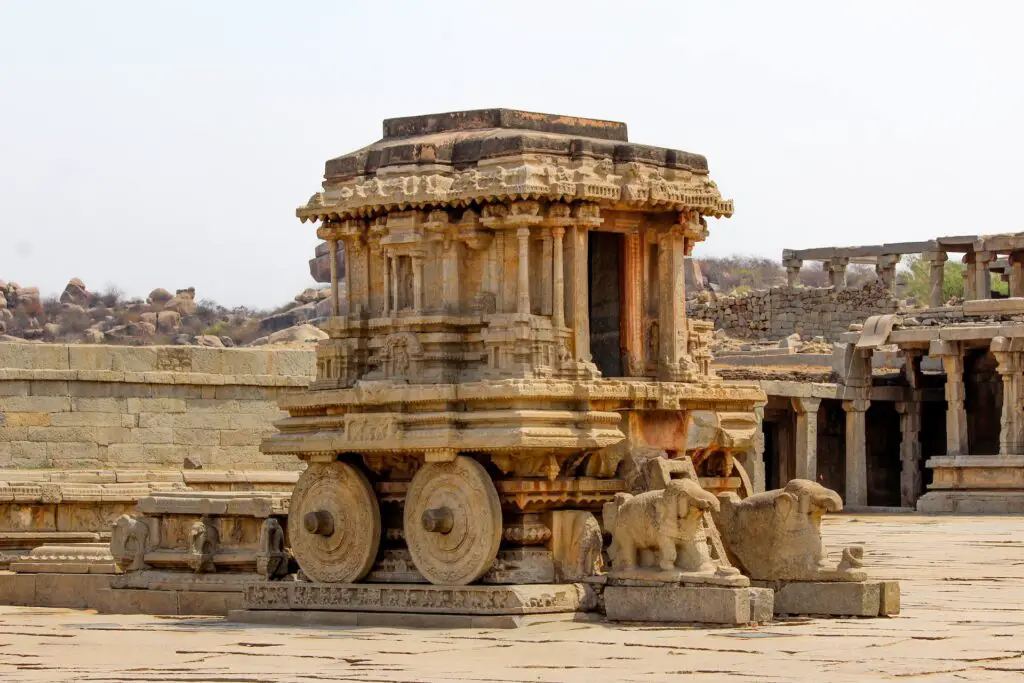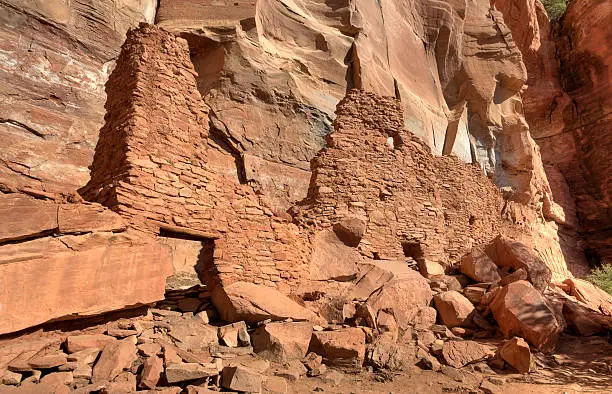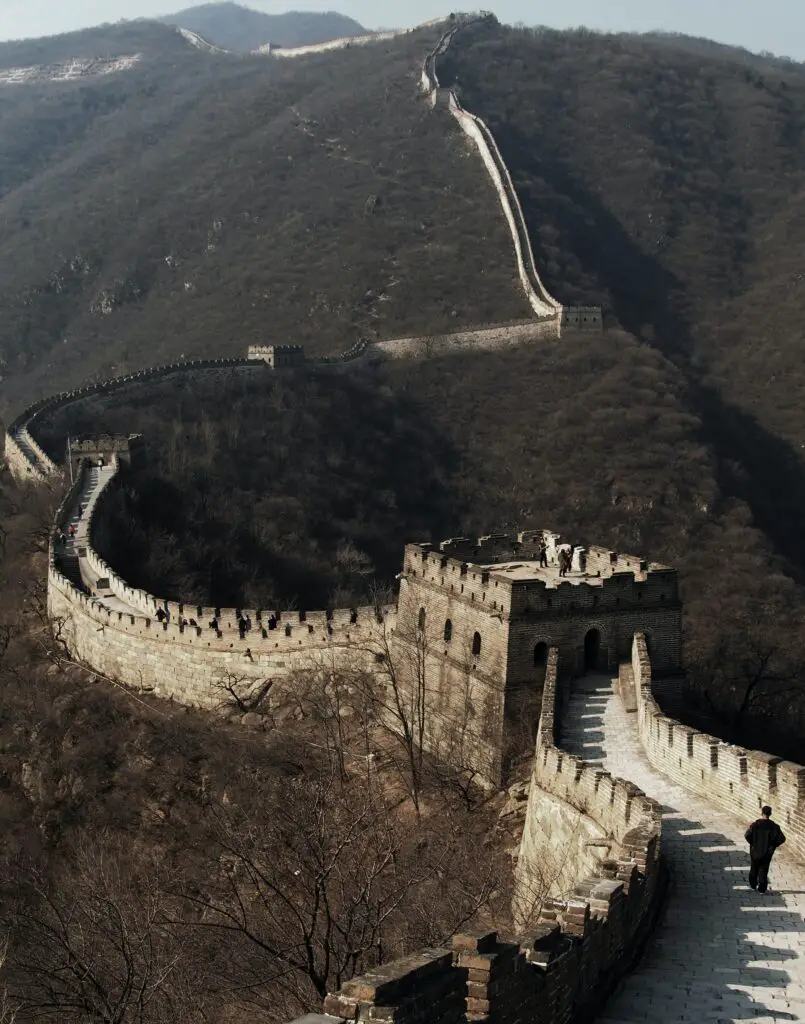Red Fort is also called “La Quila”, located in Capital City Delhi, India. One of the iconic architectures built by the Mughal emperor Shah Jahan, the same person who contributed to built Taj Mahal. This historical monument stands on top, representing tales of Mughals and Marathas legacy and resilience dated back centuries. This Red Fort is passed from kingdom to kingdoms over a period of time.
As a traveller it is very important to find its marvellous architecture, built in red sandstone. Red Fort unveiling its beauty from every corner, like Gardens, Mahals, Gates and even more. Marvel at the intricate design adorning the walls, unique stories of kingdom and wars, incredible marbles with emperor’s glory.
Red Fort hosted number of cultural and historical events over a period of time, including music, dance, art forms and festivals, representing rich Indian Cultures. A UNESCO World Heritage Site, got importance to the place for hoisting the National Flag every twice a year.
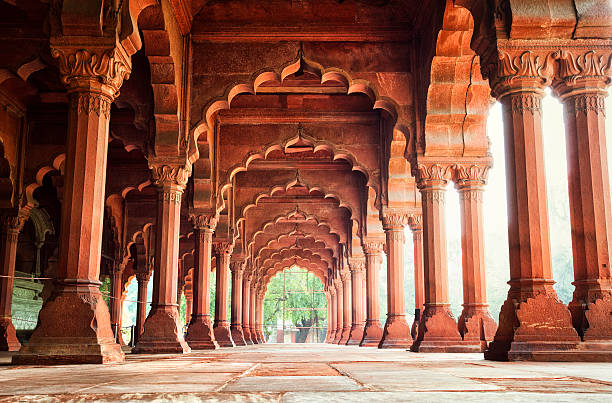
If you are a history enthusiast, cultural traveller, architecture lover or looking for deeper meaning of India’s rich heritage and culture, I’m sure that Red Fort will be a perfect and unforgettable place in your travel list. So, let’s dwell into the deeper meaning of Red Forts one by one.
Suggested Read; “Pink City”- Jaipur, Rajasthan, India.
History
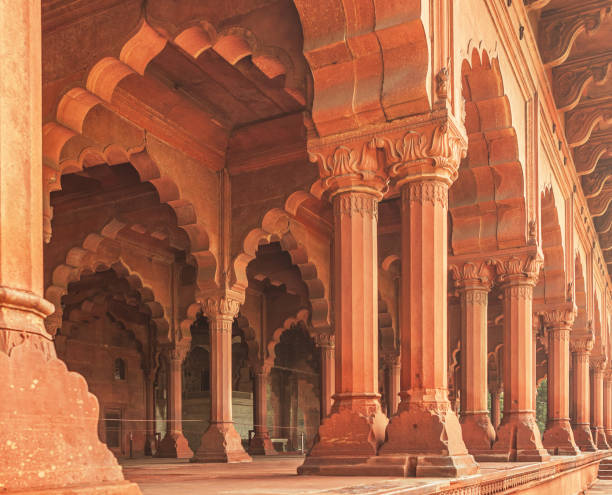
Shah Jahan (fifth emperor of Mughal Dynasty) planned to construct Red Fort as a citadel to his city called Shahjahanabad. When he decided to shift his kingdom from Agra to Delhi, he gave a command to famous designer “Ustad Ahmad Lahuri” to construct such a massive Fort as a residence for emperors. They started the work from 1639 onwards, Red Fort built for both for defensive purposes and as Palace. Interestingly, the entire Fort was built by the Red sandstone bricks, as a protective wall from enemy armies (Southern Kingdoms). Finally during 1648 this fort was completed on the bank of Yamuna River.
After the defeats of Shah Jahan, the Mughal dynasty was ruled by King Aurangzeb. During his lifetime he added a pearl mosque also called moti masjid to this Fort. Additionally, he added 2 Barbicans in the main entrance of the fort. Thereafter no such great additional work done by his time. Aurangzeb sometimes Fort used to call some of the important ordinances to the public. After the death of Aurangzeb this Fort lost its glory.
Farrukhsiyar who became a successor of Mughal Kingdom (After killing Jalander Shah, who killed his Father Aurangzeb, 1712). He replaced Rang Mahal’s silver ceiling with a copper one. After that, Nadir Shah attacked Delhi and took control over the entire Red Fort.

After the death of Aurangzeb, Marathas are started to attacking Fort and conquered too. Come up with the treaty in 1752 with Mughals. Mughals were defeated by Ahmad Shah Abdali 1761 in 3rd Battle of Panipat. Marathas are melted silver ceilings, (previously Jalander Shah added).
Finally, during 1803, Marathas were defeated by the East India Company and they took full control over the Red Fort. After the Independence, Red Fort was used as army cantonment, later giving importance to the place for hoisting the National Flag during August 15 (Independence Day) and January 26 (Republic Day). Today this Fort is recognised by the UNESCO World Heritage site with its intrinsic architecture and designs.
Read more; Udaipur city, India.
Architecture

Red Fort is more built on Indo-Islamic Architecture, along that Fort architecture is exclusively made by the Persian, Timurid, Hindu and Islamic styles. Surprisingly, this massive fort spread around 255 acres of land, which is fully built with the help of Red sand stones and local stuffs. 2.5 Km long walls within the fort impressing many tourists even outside from India, witnessing beautiful gardens.
You will see two main entrances within the Fort, one from Delhi Gates and another one is Lahori Gates. Under that, Lahori Gate is considered as main entrance to the Fort and is way to even Bazaar Street and Chatta Chawka. Red Walls within Fort clearly decorated by the heavy string courses.
Diwan -i-khas and Diwan-i-Am are the 2 major Hall of Public Audience and the Hall of Private Audience, Mumtaz Mahal, Rang Mahal, Khwabagh (Now it is a sleeping chamber). You will see royal throne places in the Diwan-i-Am, a 9 arched facade.

Some believe that it was constructed even with Indian, European and Persian styles, especially Shahjahani Pattern. Engineering excellence, high level art work, architectural intelligence, and sculpting are making Red Fort is one of the national monuments of India.
You can also read; Hampi- A Living Heritage of India’s Golden Era.
10 Quick Facts about Red Fort

- Red Fort locally calls it “Lal Quila”.
- Real name is “Qila-e-Mubarak” simply “a Blessed Fort”.
- It takes 10 years to complete this whole Fort project.
- Red Fort looks like an octagonal shape.
- In 2007, UNESCO declared Red Fort as a World Heritage Site.
- Rang Mahal is considered the most beautiful part to explore, called “Palace of Colours”.
- Entrance Gate called “Lahori Gate”.
- Red Fort having a National Significance.
- Red Fort is in both Red and White colour.
- Under this Fort, there is only one Watergate.
Read about; Reserve Bank of India.
What to See Inside the Red Fort?
There are multiple things to see inside and outside of the Red Fort. Those are;

- Lahori Gate- Main Entrance.
- Rang Mahal- Place where wife’s and kept women’s of King, simply a house or room (Most beautiful place to visit).
- Khas Mahal- Emperors apartment.
- Hira Mahal- Marble Pavilion.
- Diwan -i-khas and Diwan-i-Am- Public and Private Audience halls.
- Mumtaz Mahal- Archaeological museum.
- Prince quarters- Royal Family residences.
- Hammam- Bathing spot.
- Tea House.
- Hayat Baksh Bagh- Inside Garden.
Logo and Tagline of Phone pay- Online Mobile Payment App.
Best Time to Visit
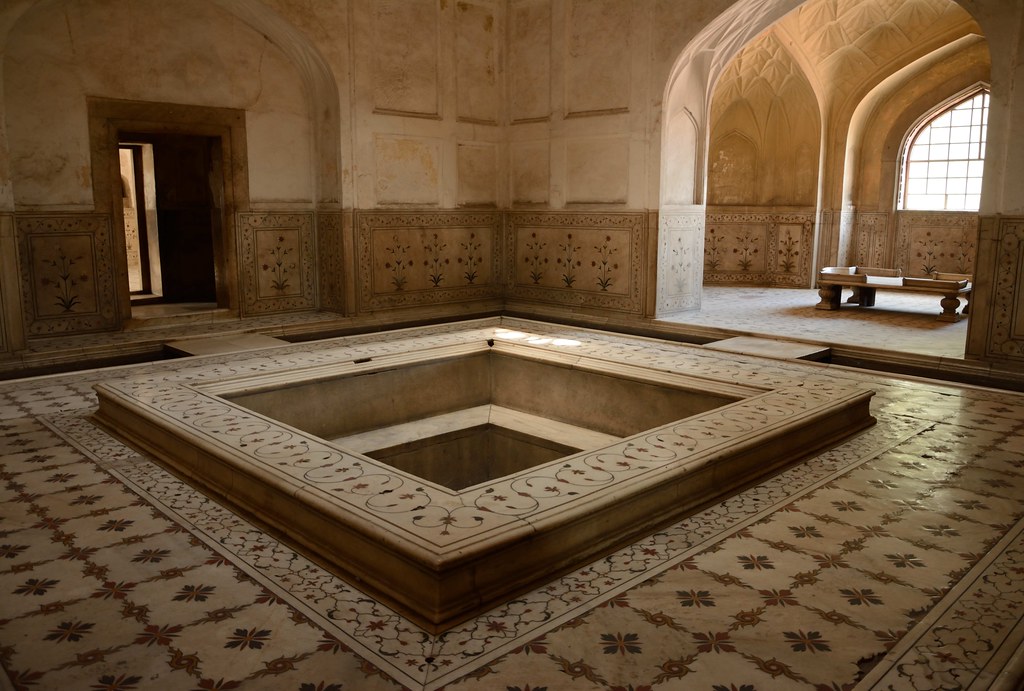
There is no better season or months to visit Red Fort, visitors are visiting throughout the year around the world. October to April are considered the most preferred months to visit.
Red Fort can be visited all days except on Monday (Considered holiday). Rest of the days Fort is open to the general public from 9.00 am to 4.30 pm.
If you visit at 6.00 pm, you are fortunate to see light and sound shows available in both English and Hindi languages.
Entrance Fees and Timings
| About Tourists | Entry Fees |
| For Indians | Rs. 35 |
| For Foreigners | Rs. 500 |
| Entry Fees for Adults including Sound and Light Shows (Weekends) | Rs. 80 |
| Entry Fees for Children’s including Sound and Light Shows (Weekends) | Rs. 30 |
Red Fort is available to explore to the general public all days of the week, except Monday, considered a Holiday. Operating hours are between 9.30 am to 4.30 pm.
How to Reach Red Fort
Official Address of Red Fort is; Netaji Subash Marg, Chandni Chowk, New Delhi, 11006, India.

| Nearest Stations | Travel stations | Distances to Red Fort |
| Metro Station | Chandni Chowk Metro station | 3.5 km Distance |
| Airport | Indira Gandhi International Airport | 26.7 km |
| Railway station | Old Delhi Railway Station | 3.9 km |
| Bus stand | Kashmiri Gate Bus station | 3.3 km |
If you are a history enthusiast, cultural traveller, architecture lover or looking for deeper meaning of India’s rich heritage and culture, I’m sure that Red Fort will be a perfect and unforgettable place in your travel bucket list.
Suggested Read; Statue of Unity, India.
Goa Beach- Famous Night life, Bars, and Beaches.
Q: Who built Red Fort of Agra?

A: Red Fort is also called “La Quila”, located in Capital City Delhi, India. One of the iconic architectures built by the Mughal emperor Shah Jahan (5th Emperor).
Q: What is the Red Fort famous for?
A: Red Fort is a historical monument stands on top, representing tales of Mughals and their resilience dated back centuries.

